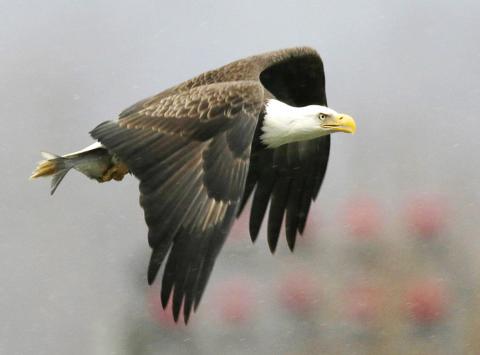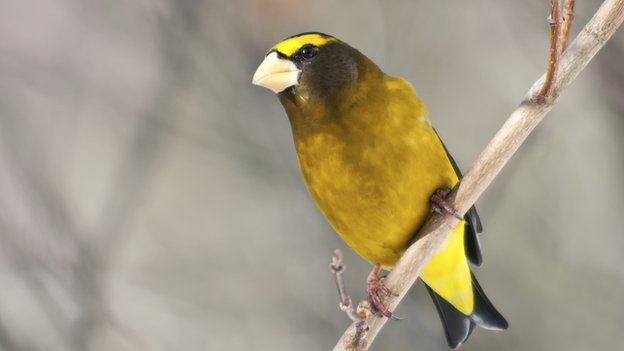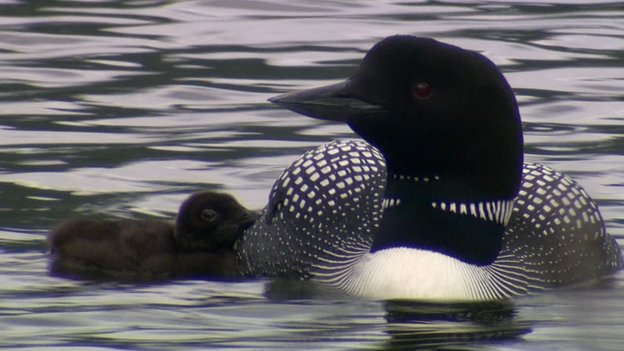Navigation
Install the app
How to install the app on iOS
Follow along with the video below to see how to install our site as a web app on your home screen.

Note: This feature currently requires accessing the site using the built-in Safari browser.
More options
You are using an out of date browser. It may not display this or other websites correctly.
You should upgrade or use an alternative browser.
You should upgrade or use an alternative browser.
birds
- Thread starter rdking647
- Start date
love the painted bunting....we only have the indigo here....nice photos...thanks for sharing
pedernales falls state park near austin texas
They're beautiful, rdking647. Thank you for sharing your gift of taking exquisite bird pics. I've seen both of those kinds of birds in my front yard here in Walker County, TX. We have a passel of three different type of tanagers--summer, scarlet, and that other kind (I forget the name). Some days I look out and see a dozen cardinals at one time. In the cooler weather prior to our terrible drought here, we had a great white egret on a daily basis. I think he may have hopped a trade wind over to Lake Livingston when it got so dry here our small backyard manmade lake shrunk from over 2.5 acres to a little less than 2, and it's still shrinking. On a positive note, I hear a lot of wetlands/bird chatter out there in the dark right now.
Granny says dis story is for the birds...
Climate change threatens 50% of US birds
Wed, Sep 10, 2014 - ‘CALL TO ACTION’: A study, considered conservative, says 314 North American bird species face dramatic declines. Ten states plus Washington could lose their state birds
See also:
Growing threat to American birds, says report
9 September 2014 ~ In less than 50 years, some states such as New Mexico, Utah and Arizona, have lost almost half their bird populations.
Climate change threatens 50% of US birds
Wed, Sep 10, 2014 - ‘CALL TO ACTION’: A study, considered conservative, says 314 North American bird species face dramatic declines. Ten states plus Washington could lose their state birds
Half of North America’s bird species, from common backyard visitors like the Baltimore oriole and the rufous hummingbird to wilderness dwellers such as the common loon and bald eagle, are under threat from climate change and many could become extinct, a study said. If present trends continue, 314 species face dramatic declines in population as warmer temperatures push birds out of their traditional ranges. Ten states and Washington could lose their state birds, the study said. “It is hard to imagine that we are not going to lose some of these birds permanently,” said Gary Langham, head scientist for the National Audubon Society and leader of the seven-year study. “The scale of disruption we are projecting means that many familiar sounds, and many familiar birds that people may see in their backyards and on their walks, that help them define a place for them, may no longer be there.”
The findings are much bleaker than a US government report in 2010 on the fate of North America’s birds, which suggested ocean and Arctic birds would be the most vulnerable to climate change. An updated version of that report was due out yesterday. The Audubon researchers said that on present trends, 126 of the 588 bird species in the study would lose more than half of their traditional ranges and would go into decline by mid-century. Another 188 species would lose their range by 2080.

A bald eagle returns to its nest after catching a fish at the Conowingo Dam on the Susquehanna River in the US state of Maryland
Maryland would lose the Baltimore oriole, the mascot for the baseball team as well as the state bird, which would no longer be able to breed in the mid-Atlantic. Louisiana’s brown pelican is under threat and Minnesota would lose the common loon, its state bird, which would be unable to survive in the continental US. Idaho, Mississippi, New Hampshire, Nevada, Pennsylvania, Utah, Vermont and Washington DC would also lose their state birds, the study said. The bald eagle, once considered a success story for US conservation, could lose 75 percent of its range by 2080. Some birds, such as the trumpeter swan, would lose virtually all of their range toward the end of the century, the study said. The study said 274 birds would maintain or increase their ranges under climate change. However, even if the birds find room to expand, they could face renewed competition from other species, as well as new predators.
The researchers drew on more than a century of observations from birdwatchers, as well as a 40-year historical record from the US Geological Survey, combining the data with 17 climate models. Audubon chief executive David Yarnold described the findings as a “call to action.” The group is calling for reductions in carbon dioxide emissions, as well as measures to preserve habitats and give the birds a better chance of survival. Langham said that the study did not take into account other factors associated with climate change such as rising sea levels, which can flood marshes and other bird habitats with saltwater; drought, which can kill off insects and other food sources; or extreme storms. As a result, it was likely to be a conservative assessment of the threats facing birdlife, he said.
Climate change threatens 50 of US birds - Taipei Times
See also:
Growing threat to American birds, says report
9 September 2014 ~ In less than 50 years, some states such as New Mexico, Utah and Arizona, have lost almost half their bird populations.
Martha the passenger pigeon, who died 100 years ago, is being remembered this month as a prescient symbol of what can happen when man meets nature. A comprehensive new report finds that many more American bird species could meet the same fate. Passenger pigeons were once the most common bird in North America - if not the world- but rapid land development in the 19th Century forced them from their natural forest habitat. Huge flocks descended on farms, destroying crops and livelihoods, and their doom was sealed. Considered a major pest (and a valuable source of meat and feathers), they were relentlessly hunted down. On 1 September 1914, round about noon, Martha, the last of her species, died in the Cincinnati Zoo. Ectopistes migratorius, once numbering in the billions, joined the ranks of the dodo and the great auk.

The evening grosbeak is a new addition to the endangered birds list
One hundred years later, it is tempting think that we know better. But as a new report today makes clear, birds across the US are in deep trouble. "Right now, about a third of all bird species in the US are in decline," says Steve Holmer of the American Bird Conservancy, one of the 23 organisations that contributed to the State of the Birds report, the most comprehensive review of bird trends and data ever undertaken in the US. "The decline points to a very broad-scale problem where we're seeing habitat loss and a variety of threats," he says. "We're particularly concerned about the birds that live in deserts and grasslands in the West, such as the sage grouse. These lands are being heavily used and there's a great deal of oil and gas development, so it's created a huge conservation challenge." Birds living on the coasts are faring no better. Almost half of all shorebird species, such as ruddy turnstones, red knots and piping plovers, are either endangered or at risk of becoming endangered.

Conservation has helped the loon survive
In Hawaii the situation is even worse. "Hawaii is the extinction capital of the world," says Pete Marra, director of the Smithsonian Institution's Migratory Bird Center. "We've seen about 10 extinctions in the past 40 years and all 33 species of endemic Hawaiian birds are in trouble." Avian malaria is one of the biggest threats facing Hawaiian birds. The birds have no natural immunity to the disease. "There are other invasive species there like cats, rats and mongoose," says Marra. "Biologists are working very hard to create enclosures to protect bird populations and keep those invasive species out or even remove them."
Birds brought back from the brink of extinction
Similar threads
- Replies
- 49
- Views
- 561
- Replies
- 1
- Views
- 128
- Replies
- 7
- Views
- 119
Latest Discussions
- Replies
- 34
- Views
- 112
- Replies
- 46
- Views
- 206
- Replies
- 60
- Views
- 237
Forum List
-
-
-
-
-
Political Satire 8071
-
-
-
-
-
-
-
-
-
-
-
-
-
-
-
-
-
-
-
ObamaCare 781
-
-
-
-
-
-
-
-
-
-
-
Member Usernotes 471
-
-
-
-
-
-
-
-
-
-



